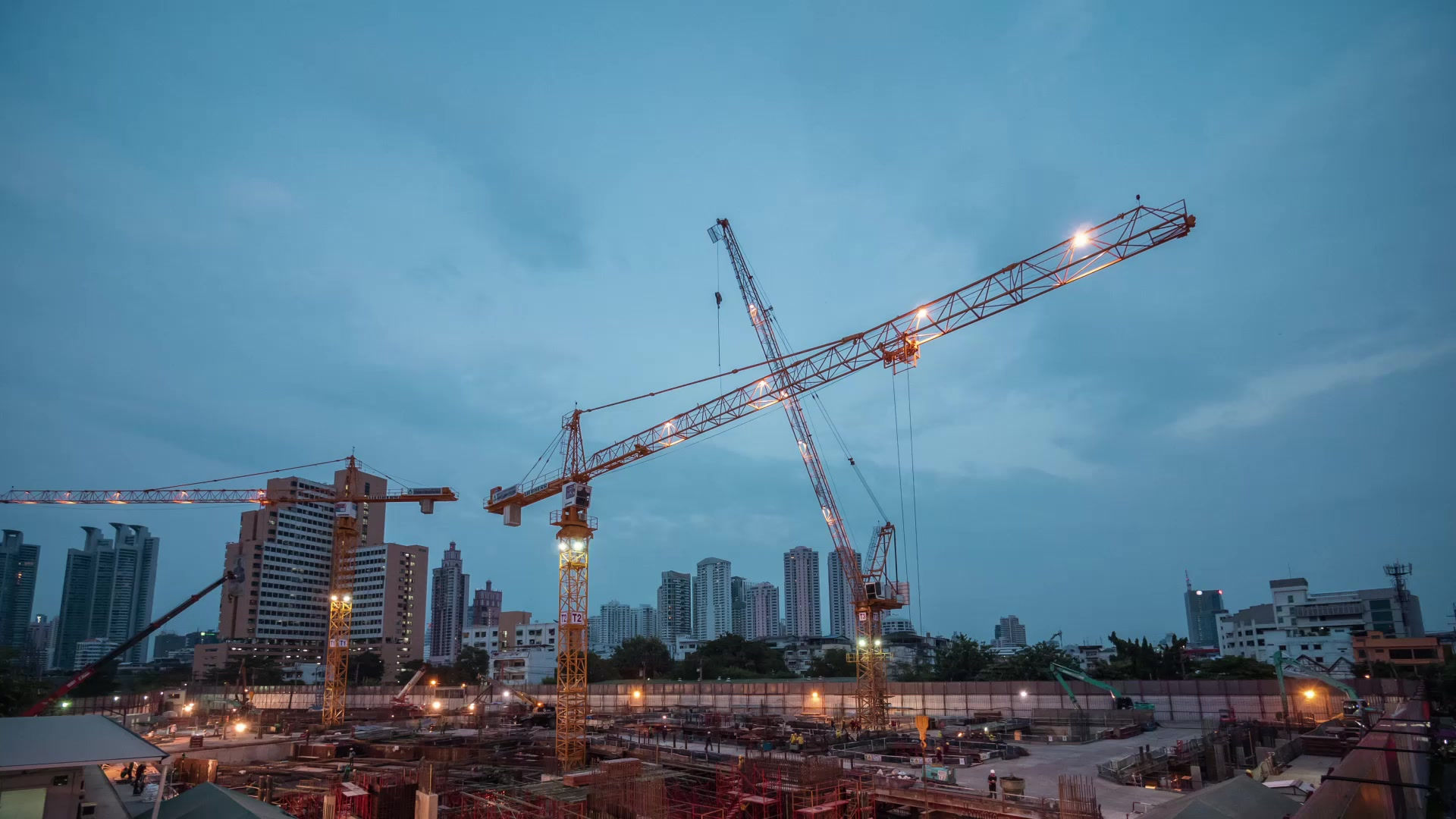
Our Enduring Concern for Employee Safety in the Construction Industry
The rhythmic clang of hammers, the roar of heavy machinery, and the towering silhouettes against the skyline are the iconic images of the construction industry. This sector physically builds our world. Yet, behind this powerful facade lies a persistent and profoundly concerning reality: the inherent risks to employee safety. Our commitment to progress must be inextricably linked with an unwavering dedication to ensuring every worker returns home safely at the end of each day.
The statistics paint a stark picture. Despite advancements in technology and safety regulations, the construction industry consistently ranks among the most hazardous sectors for employment. Falls from heights, struck-by incidents involving machinery or falling objects, electrocutions, and trench collapses are just some of the dangers that construction workers face daily. These are not mere numbers; they represent lives altered, families devastated, and a profound human cost that demands our constant attention.
Our concern stems from a fundamental belief: no job is worth a life or limb. While the demanding nature of construction often necessitates working at heights, with heavy equipment, and in dynamic environments, this inherent risk should not be accepted as an unavoidable consequence. Instead, it should fuel a relentless pursuit of safer practices, innovative technologies, and a robust safety culture that permeates every level of an organization.
Implementing and rigorously enforcing comprehensive safety protocols is paramount. This includes mandatory and ongoing training programs that equip workers with the knowledge and skills to identify hazards and implement preventative measures. Personal Protective Equipment (PPE), such as hard hats, safety glasses, harnesses, and respirators, must be readily available, properly maintained, and consistently used. Regular site inspections, hazard assessments, and toolbox talks are crucial for proactively identifying and mitigating potential dangers before they escalate into accidents.
Beyond the tangible safety measures, fostering a strong safety culture is equally vital. This involves creating an environment where employees feel empowered to speak up about safety concerns without fear of reprisal. Leadership must actively champion safety, demonstrating commitment through actions and holding everyone accountable for adhering to safety regulations. Open communication, collaboration between management and workers, and a shared responsibility for well-being are the cornerstones of such a culture.
Technological advancements offer promising avenues for enhancing safety. Drones can be used for site inspections, reducing the need for workers to access hazardous areas. Wearable technology can monitor vital signs and alert supervisors to potential fatigue or distress. Building Information Modeling (BIM) can facilitate better planning and visualization of potential hazards during the design phase. Embracing and integrating these innovations can significantly reduce exposure to risk.
However, technology alone is not a panacea. A genuine commitment to employee safety requires a holistic approach that addresses both the physical and the human elements. This includes adequate staffing levels to prevent rushed work, realistic project timelines that don't incentivize cutting corners on safety, and access to mental health support to address the stresses inherent in the demanding nature of the work.
Our concern for employee safety in the construction industry is not a fleeting sentiment; it is a fundamental principle that guides our actions and decisions. We must continue to advocate for stronger regulations, invest in safety training and technology, and cultivate a culture where safety is not just a priority, but an ingrained value. The unseen scaffolding of safety protocols, robust training, and a culture of care is just as critical as the physical structures being built. By prioritizing the well-being of our workforce, we not only prevent tragic losses but also build a more sustainable and responsible industry for the future. The safety of those who build our world must remain our unwavering and paramount concern.
